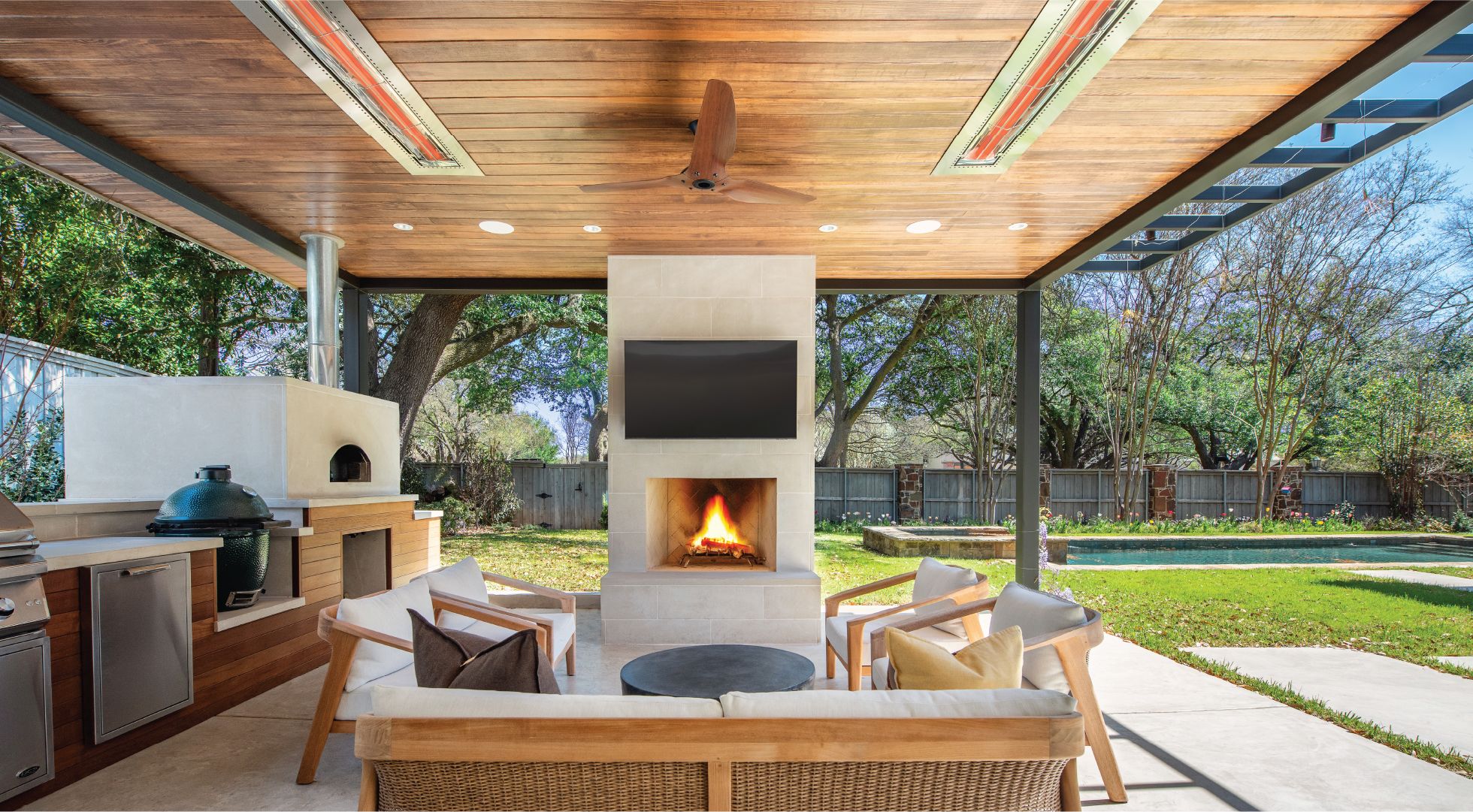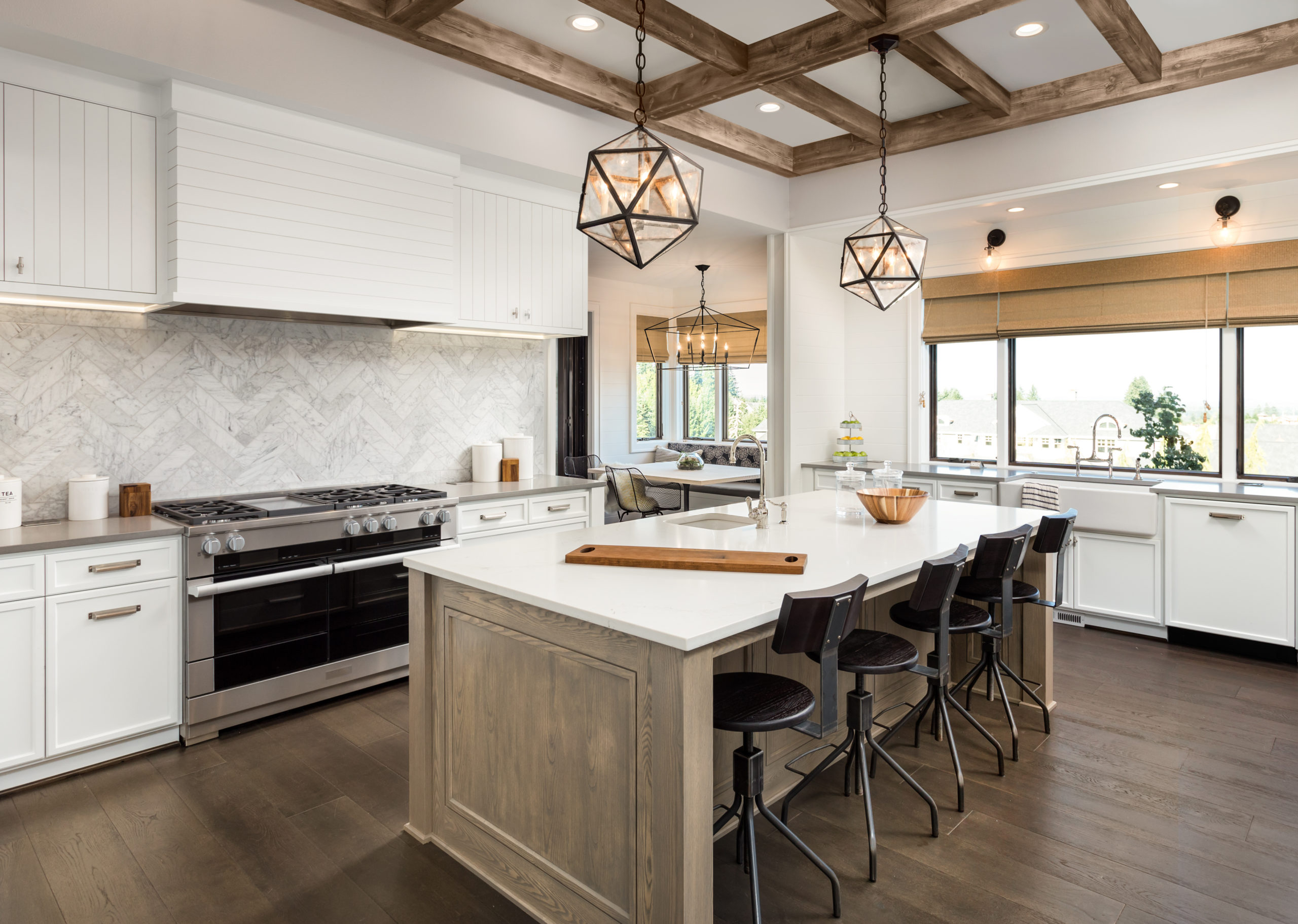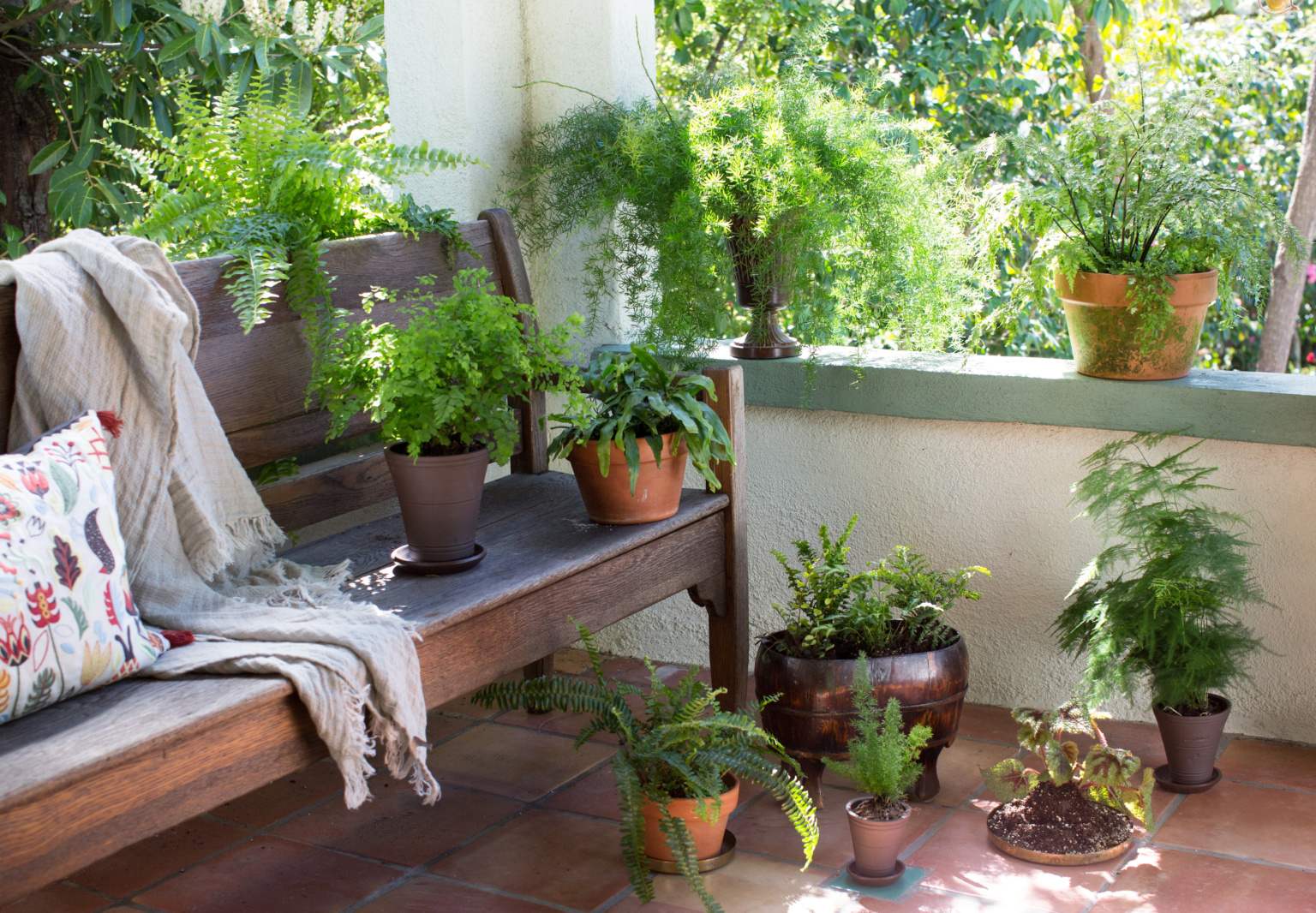Wildfires are increasingly becoming a major hazard for many homeowners.
More acres burned in the nation than ever before in 2020, according to The New York Times. That year featured some of the most destructive wildfires in recent history.
In 2022, the conditions are unfortunately ripe for major fires during the summer months. A severe drought – which has lasted for years – combined with high heat helped prompt wildfires along the coast at the onset of summer, where thousands were stranded without electricity. Wildfires have already damaged homes this year. About 100,000 properties have a 1% or greater annual chance of being affected by wildfire, according to data from First Street Foundation.
In terms of the risk of wildfire to properties this year, some coastal neighborhoods are among the top five in the country whose houses could be endangered. What can you do to protect your home from wildfires, as these blazes continue to rise? Here are six tips you can apply to safeguard your biggest investment:
Because of its size, the roof can make or break what a wildfire does to your home. Windblown embers can land there and, because roofs are slanted rather than vertical, stay there and burn, leaving the rest of your house in danger. Roofs made of wood shingles only increase the likelihood that your house will not withstand a wildfire.
Make sure to construct or replace your roof with fire-resistant materials, such as metal or clay. The Federal Emergency Management Association (FEMA) suggests homeowners install and replace eaves with short overhangs and flat ledges. Procuring roofs with Class A fire ratings are crucial – increasingly, as some states are requiring these types of roofs for new homes. At the minimum, check your gutters and make sure there are no pine needles or other dry materials that could keep a wildfire aflame.
2. Use Fire-Resistant Building Materials for Your Walls
Wood walls make your home vulnerable during a wildfire. Remodel your walls with ignition-resistant building materials, such as stucco, fiber cement wall siding, fire retardant, treated wood or other approved materials. Will vinyl siding work?
If a fire can find no route to burn too close to the house, then it will work, but all gaps and crevices beneath the vinyl must be sealed – or a fire could find a way into the structure. Think about putting crushed stone around the perimeter of the house as well to prepare for a wildfire. It will help impede its advance.
3. Make Sure Your Windows Have the Proper Glass
Single-pane windows are of little use during a wildfire. They will shatter easily, meaning the fire can enter your home. Multi-pane tempered glass provides additional protection during a wildfire and reduces the chances of windows breaking from extreme heat. Even if the outer pane breaks, the interior pane may not. Of course, they need to be closed to be effective, so if you hear of a wildfire coming toward your town, make sure to shut them.
In terms of window frames, steel ones are the most effective against wildfire, though they aren’t commonly offered by manufacturers. Vinyl frames are the least effective. Fireproof shutters can and should be purchased, and screens help resist embers flying into the home.
4. Ensure Water Is At Hand During Dry Months
Installing an external sprinkler system could be the difference between a house that survives and one that burns. And don’t just put sprinklers in the yard; mount them on the roof and under the roof eaves as well. Water should reach all vulnerable areas for the system to have a maximum effect both on and near the home. Otherwise, windblown embers will set a house on fire.
In addition, make sure your garden hoses are long. Home hoses are far from ideal to fight a wildfire, but as a last resort, it could help to have them able to stretch as far as possible.
5. Clean the Area Surrounding Your Home
Rarely do most homeowners consider how what’s in their yard or on the patio can propel a wildfire into their houses. But think about it differently: If there is firewood or wooden outdoor furniture on hand during the dry hot months, these are essentially flammable items that – rather than mitigate a wildfire – give it more fuel. Store these items in a detached structure away from the home, like a shed if they pose any additional risk on hot days.
Dead vegetation should also be cleaned up, and tree limbs should be trimmed. Can that wooden fence be replaced with an aluminum one? That would help if a wildfire comes close to your property.
6. Prepare an Emergency Kit
Putting together a disaster-supply kit is extremely important, as it is impossible to predict the amount of damage a wildfire can cause. If it knocks out your electricity, ruins your kitchen, or cuts off your water supply, you will be happy to have this kit ready for your family.
As wildfires continue to wreak havoc during the dog days of summer, these six steps are crucial to wildfire-proof your house and give it the best chance to survive a blaze. At the same time, if you prefer to move out of a high-risk area, Compass can help you sell, buy, and stay out of the way of potential wildfires.








